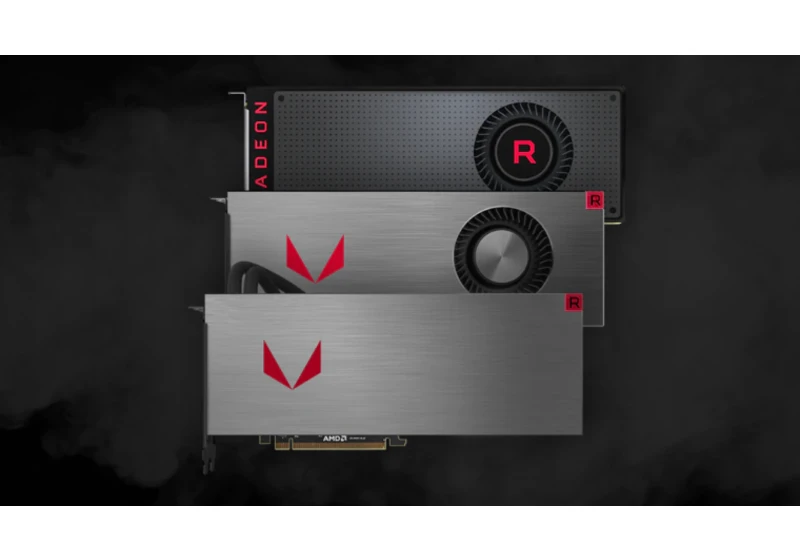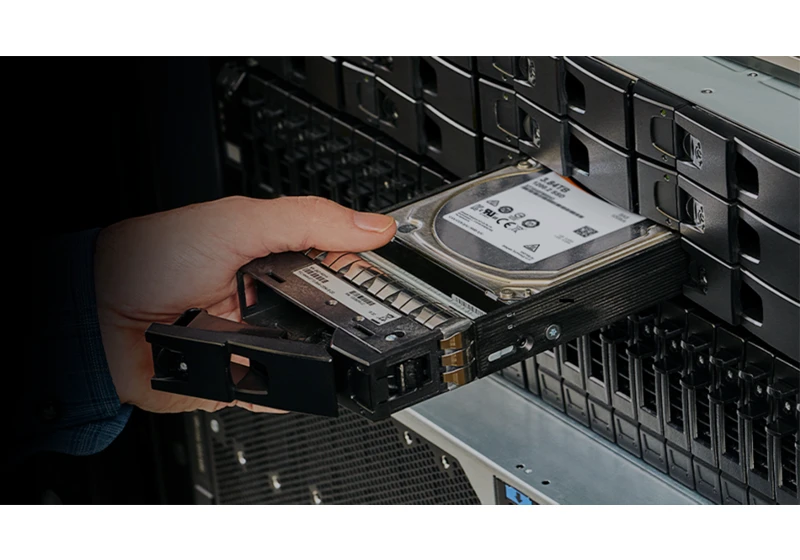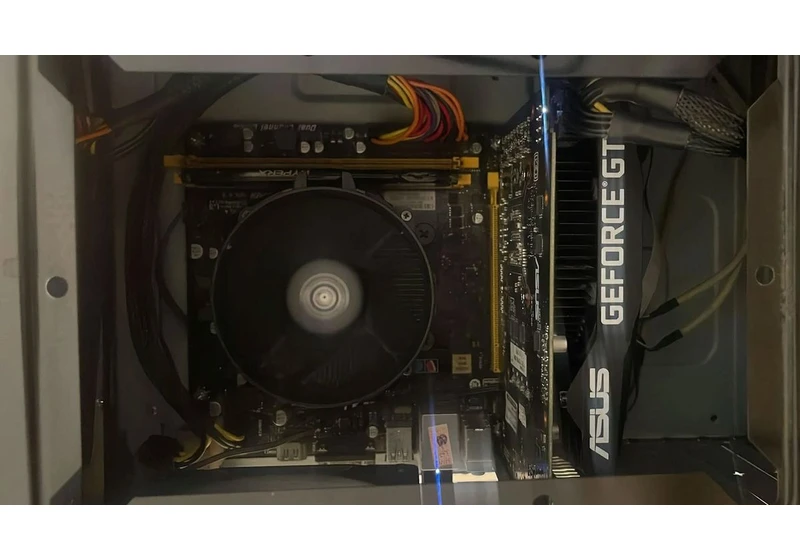
Thanks to Linux RT emulation, ray tracing is playable on pre-RDNA2-based AMD graphics cards. Indiana Jones and the Great Circle has been recorded running at well over 30 FPS on multiple older AMD graphics cards that don't natively support ray tracing.

The XeSS SDK 2.0.1 is now available, bringing support for XeSS-SR, XeSS-FG, and XeLL, though the technology itself remains closed-source.

Seagate and Nvidia demonstrate a proof-of-concept NVMe HDD system at GTC, showcasing how PCIe-based hard drives, combined with DPUs, can enhance AI datacenter storage by reducing latency, improving scalability, and offering a cost-effective alternative to all-flash solutions.
https://www.tomshardware.com/pc-components/hdds/gpu-meets-pcie-based-hard-drives-se

China's GMKTec has announced the EVO-X2 mini PC with Ryzen AI Max+ 395 processor at the AMD Greater China Channel Summit today.

The Samsung 9100 Pro is Samsung’s answer for the high-end PCIe 5.0 storage market. It’s a good drive, but falls short of being truly impressive.
https://www.tomshardware.com/pc-components/ssds/samsung-9100-pro-ssd-review

Nvidia GTC 2025 will start in a few hours, and its CEO, Jensen Huang, will give the keynote address where he's expected to reveal some new AI GPUs.

AP Sensing developed a technology that monitors photons reflected back in a fiber optic cable to detect nearby vessels and movement.

As AMD's Radeon RX 9070-series graphics cards remain nearly impossible to find at MSRP, Yeston confirms unstable supply until April is over.

A marathon BIOS update process ended as the ‘monitor lost signal,’ then the system became ‘completely unresponsive’ with 100+ hours down the drain.

AMD benchmarked its Ryzen AI Max+ 395 flagship against Intel's Core Ultra 7 258V in a plethora of AI benchmarks. The AMD chip was up to 12x faster than the Intel counterpart.



